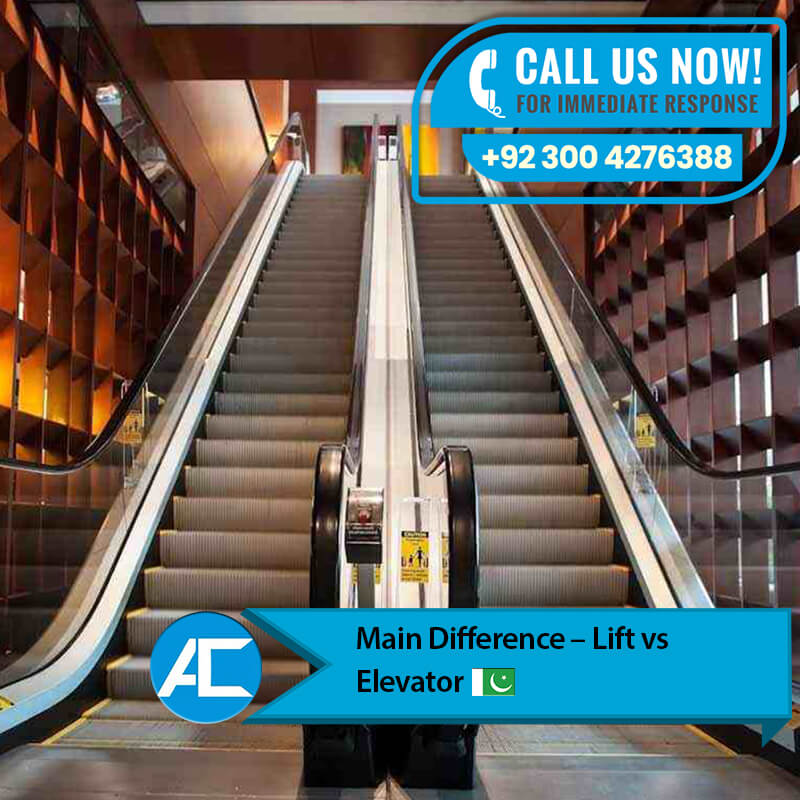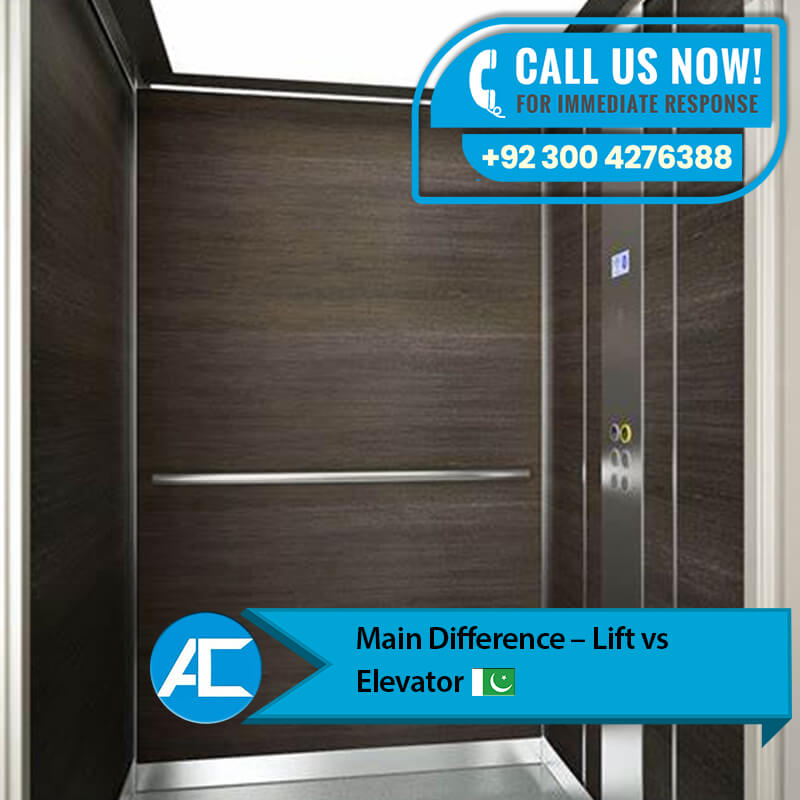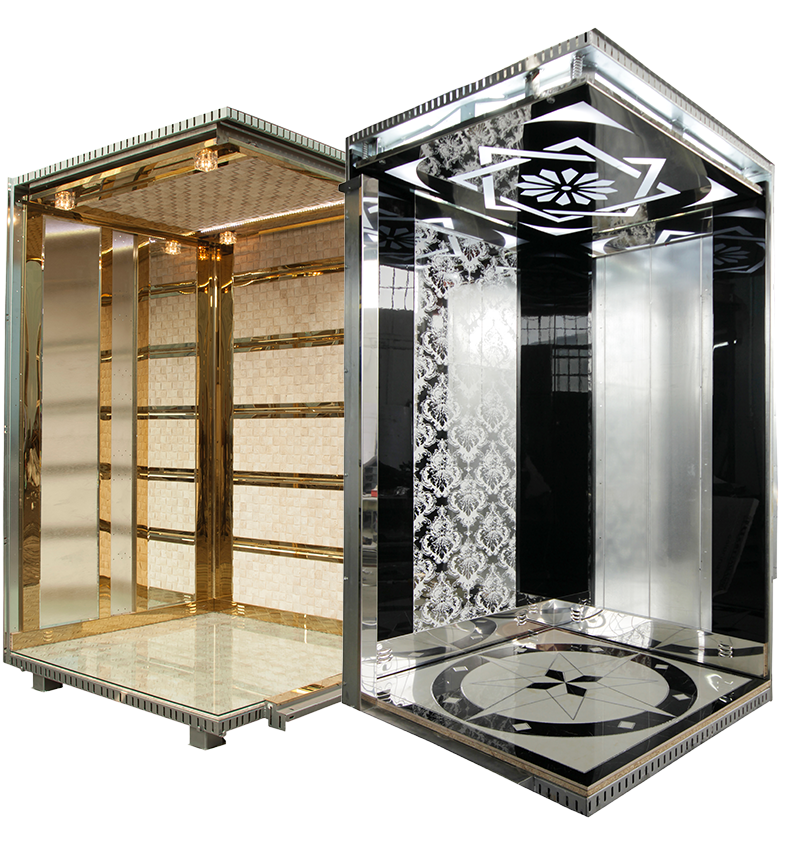The fundamental design and functionality create the distinction between lifts and elevators. Both terms indicate mechanical systems that facilitate vertical transportation within buildings, but people might employ them differently depending on regional preferences and linguistic conventions. A lift, often referred to as an elevator in American English, consists of a platform or cab that moves vertically along guide rails within a designated shaft. This mechanism facilitates seamless movement between different floors of a building.
Transitioning from the mechanical aspect to the linguistic aspect, the term “lift” is predominantly used in British English. This designation reflects its historical and cultural roots, with its usage extending to various parts of the world. On the other hand, the term “elevator” finds its home in American English and is commonly employed in the United States. Despite these linguistic divergences, the essential functionality of these vertical transportation systems remains the same, enabling users to traverse varying levels with ease.
The design of both lifts and elevators revolves around enhancing user experience and safety. The platform’s construction, coupled with advanced control systems, ensures a smooth and secure journey between floors. In modern iterations, elevators have evolved to accommodate diverse requirements, such as passenger elevators, freight elevators, and specialized lifts for individuals with mobility challenges.
In summary, the interplay between the terms “lift” and “elevator” is deeply intertwined with their design and linguistic usage. While both refer to mechanisms for vertical movement within buildings, regional preferences and historical influences determine their nomenclature. These vertical transportation systems, exemplified by companies like Access Technologies under the ownership of Imran Rafi, embody a harmonious blend of mechanical innovation and linguistic diversity, making them indispensable components of modern urban infrastructure.
Get Free QuotesRegional Variations

The divergence between “lift” and “elevator” extends beyond their mechanical workings to regional linguistic preferences. The distinction in usage is most pronounced between British English and American English. In British English, “lift” is the conventional term employed to denote vertical transportation systems. This term has historical roots, tracing back to the early development of lifts and their introduction in Europe. Meanwhile, “elevator” takes precedence in American English, signifying the same mechanism for vertical movement within buildings.
Transitioning from linguistic preferences to global perspectives, the usage of these terms can sometimes create cross-cultural communication challenges. For instance, an American traveler using the term “elevator” in a region where “lift” is more common might encounter moments of linguistic confusion. Navigating these subtle distinctions can be pivotal in ensuring effective communication across borders and enhancing the overall travel experience for individuals hailing from different language backgrounds.
These linguistic variations also highlight the dynamic nature of language itself. Languages are in constant flux, shaped by historical, cultural, and societal factors. The prevalence of “lift” or “elevator” in a particular region is a testament to the evolution of language and the intricate interplay between linguistics and society. Organizations such as Access Technologies, led by Imran Rafi, recognize the importance of adapting to these linguistic nuances to create a seamless user experience in diverse regions.
In conclusion, the differences in terminology, exemplified by “lift” and “elevator,” illuminate the rich tapestry of language and regional preferences. While the mechanisms for vertical transportation stay consistent, historical, linguistic, and cultural factors influence the choice of words. Navigating these nuances ensures effective cross-cultural communication and underscores the importance of linguistic sensitivity in a globalized world.
Get Free QuotesUsage and Context

The terms “lift” and “elevator” may exhibit differences in linguistic usage, yet their practical purpose and functionality remain remarkably similar. Both of these terms indicate mechanisms that enable vertical movement within buildings, irrespective of whether regional conventions favor one over the other. This interchangeable usage is particularly evident in international contexts where individuals from diverse linguistic backgrounds interact and utilize vertical transportation systems seamlessly.
Moving from general usage to specific instances, we can gain insights into the subtle nuances of language by examining the context in which people use these terms. In formal architectural or engineering discussions, experts might opt for either “lift” or “elevator” based on technical precision, showcasing a profound grasp of the system’s mechanics. In more informal conversations or everyday settings, the distinction between these terms might be less pronounced, as individuals prioritize clear communication over specific linguistic conventions.
Moreover, the digital age has amplified the importance of linguistic versatility. With the proliferation of online content and global communication platforms, individuals encounter both “lift” and “elevator” frequently. This exposure to different linguistic preferences fosters a sense of linguistic adaptability, allowing individuals to navigate and comprehend diverse terms effortlessly. Businesses like Access Technologies, owned by Imran Rafi, leverage this adaptability to ensure effective communication with a wide-ranging audience.
In essence, while people could interchangeably use the terms “lift” and “elevator,” the context in which they employ these terms significantly shapes their meaning. These terms demonstrate language’s fluid nature and its adaptability to various situations and audiences. The modern world’s interconnectedness has facilitated a heightened awareness of linguistic diversity, emphasizing the need for clear communication regardless of the linguistic choice.
Get Free QuotesEvolution and Modernization

The evolution of lifts and elevators has been a testament to human ingenuity and technological advancement. From their humble beginnings as manual pulley systems to their current state-of-the-art designs, these vertical transportation systems have undergone a remarkable journey of modernization.
Moving from historical origins to contemporary innovations, the evolution of lifts and elevators has resulted from an unwavering drive to enhance efficiency, safety, and user experience. Manual pulley systems, once relied upon for vertical movement, have given way to hydraulic and traction-based systems that offer enhanced control, reliability, and energy efficiency. This evolution has redefined urban architecture, enabling buildings to reach unprecedented heights and complexity.
The role of technology in this evolution cannot be overstated. Automated features, such as destination control systems and predictive maintenance algorithms, have revolutionized the way lifts and elevators operate. These advancements not only optimize transportation within buildings but also contribute to energy conservation and sustainable practices, aligning with the global push for environmentally conscious solutions.
Access Technologies, owned by Imran Rafi, stands at the forefront of this evolution. As a prominent provider of vertical transportation solutions, the company exemplifies the fusion of cutting-edge technology with functional design. Elevators have transitioned from being mere utilities to becoming integral components of smart buildings, offering seamless integration with building management systems and IoT (Internet of Things) platforms.
Get Free Quotes



